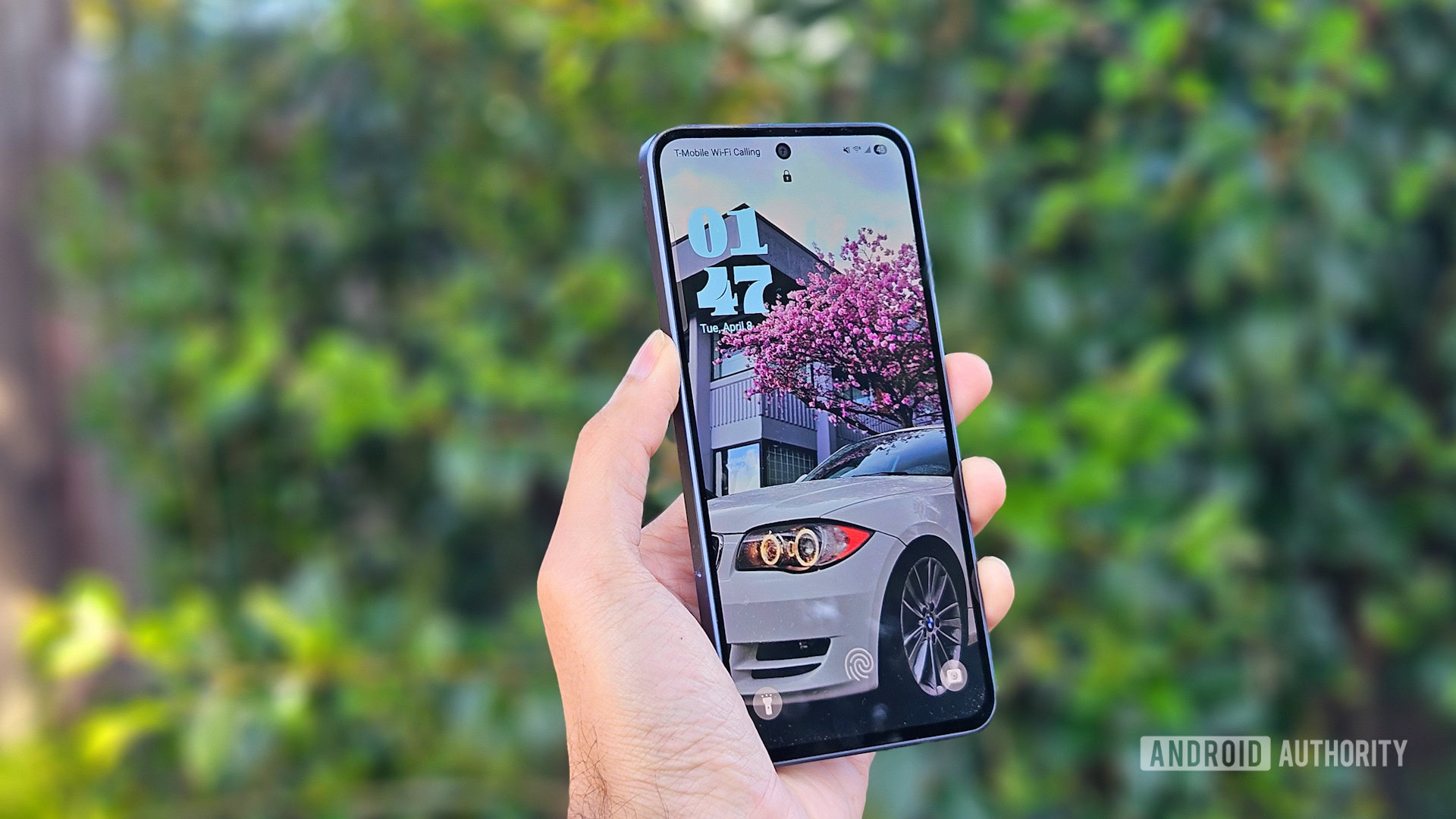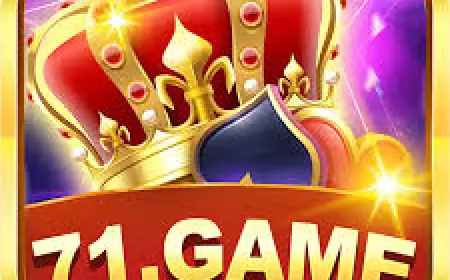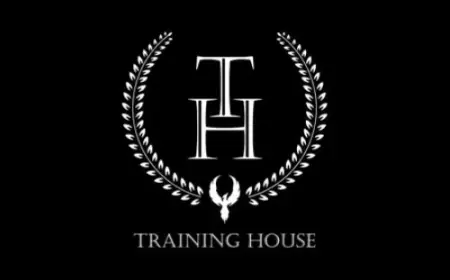Understanding ADHD: Caroline Goldsmith’s Guide for Parents
Caroline Goldsmith, a seasoned child therapist and family counselor, has developed a compassionate and practical approach to helping parents understand and support children with ADHD

Raising a child with ADHD can be challenging, emotional, and at times overwhelming. As a parent, you may feel confused, judged, or simply unsure of what to do next. Attention Deficit Hyperactivity Disorder (ADHD) affects millions of children around the world, and yet, every child’s experience with it is different.
Caroline Goldsmith, a seasoned child therapist and family counselor, has developed a compassionate and practical approach to helping parents understand and support children with ADHD. Her guide focuses not just on managing symptoms but on building a deeper connection between parent and child.
This article explores Caroline Goldsmith’s strategies and insights into raising a child with ADHD—offering clarity, confidence, and calmness for parents on this journey.
What Is ADHD?
ADHD stands for Attention Deficit Hyperactivity Disorder. It’s a neurodevelopmental condition that affects how children focus, control impulses, and manage energy. While every child may occasionally be distracted or restless, ADHD involves patterns of behavior that interfere with daily life at home, school, or in social situations.
There are three main types of ADHD:
-
Inattentive Type: Struggles with focus, organization, and following through on tasks
-
Hyperactive-Impulsive Type: High levels of physical activity, difficulty sitting still, frequent interruptions
-
Combined Type: Features both inattentiveness and hyperactivity
Caroline Goldsmith emphasizes that ADHD is not a parenting failure or a child being “naughty.” It’s a brain-based difference—and with the right support, children can thrive.
Signs of ADHD in Children
Caroline encourages parents to look beyond just hyperactivity. Signs of ADHD may include:
-
Frequently losing items (toys, books, school supplies)
-
Difficulty finishing homework or chores
-
Struggling to follow instructions
-
Constant movement or fidgeting
-
Interrupting conversations or activities
-
Difficulty waiting for turns
-
Emotional outbursts or frustration
Many of these behaviors are normal for young children at times. The difference lies in how often they occur and how much they impact daily life.
Caroline Goldsmith’s Approach: Compassion Before Correction
Caroline Goldsmith believes that the first step to supporting a child with ADHD is understanding, not controlling. Her strategy rests on five key principles:
1. Connection Over Correction
Children with ADHD often hear more criticism than praise. Caroline teaches parents to focus on connecting with their child emotionally. Before correcting behavior, take a moment to understand the child’s feelings. Empathy creates trust, which makes discipline more effective later.
2. Consistent Routines
Structure helps children with ADHD feel safe. Caroline encourages families to create predictable daily routines—especially for waking up, meals, homework, and bedtime. Clear routines reduce anxiety and help children build responsibility.
3. Visual Aids and Reminders
Children with ADHD process information better when it’s visual. Caroline Goldsmith suggests using charts, checklists, and timers. A simple “morning routine chart” with pictures can reduce stress and improve independence.
4. Positive Reinforcement
Instead of punishing bad behavior, reward good behavior. This helps reinforce desired actions and boosts confidence. Caroline recommends specific praise: say “I noticed how calmly you waited your turn today,” instead of just “Good job.”
5. Parent Self-Care
Parenting a child with ADHD can be draining. Caroline reminds caregivers to take breaks, set boundaries, and seek support. A calm parent provides a stronger foundation for a calm child.
Common Misunderstandings About ADHD
Caroline Goldsmith clears up some of the most common myths:
-
“ADHD is caused by bad parenting.”
False. ADHD is a neurobiological condition, not the result of poor discipline or family environment.
-
“Children with ADHD are lazy.”
In truth, many children with ADHD work harder than their peers to stay focused or control impulses.
-
“Medication is the only solution.”
Medication can help, but it’s not the only tool. Therapy, structure, and parenting strategies are equally important.
-
“ADHD goes away with age.”
Symptoms may change, but many individuals carry ADHD into adulthood. Early support is key for long-term success.
Helping Your Child Succeed in School
School can be especially challenging for children with ADHD. Caroline Goldsmith suggests working closely with teachers and school staff:
-
Request a meeting to discuss your child’s needs
-
Ask about classroom accommodations like flexible seating or movement breaks
-
Use a communication notebook or app to stay updated on your child’s progress
-
Help your child with homework by breaking tasks into smaller steps and using timers
She also advises teaching children how to advocate for themselves—helping them speak up when they need help or a break.
Emotional Support for Children With ADHD
ADHD often comes with emotional ups and downs. Children may struggle with low self-esteem, anxiety, or frustration. Caroline’s tips for emotional support include:
-
Listening without judgment when your child talks about their day
-
Validating feelings before giving advice
-
Teaching calming techniques like breathing or stretching
-
Practicing problem-solving through role-play
Most importantly, remind your child often that ADHD is not a flaw—it’s just a different way of thinking and living.
What If You Suspect ADHD but Don’t Have a Diagnosis Yet?
If you think your child might have ADHD, Caroline recommends taking the following steps:
-
Keep a behavior journal: Track signs over a few weeks to identify patterns
-
Speak with your child’s teacher: See if similar behavior shows up at school
-
Consult your pediatrician: They may refer you to a psychologist or psychiatrist
-
Avoid jumping to conclusions: Only a professional can diagnose ADHD after proper evaluation
Early intervention leads to better outcomes, so trust your instincts and take action if needed.
Frequently Asked Questions (FAQs)
Q1: What age can ADHD be diagnosed?
ADHD is often diagnosed between ages 6 and 12, but symptoms can appear earlier. Some children are not diagnosed until adolescence.
Q2: Can ADHD be outgrown?
While some symptoms improve with age, many people continue to experience ADHD into adulthood. Early strategies can help manage it long-term.
Q3: Should I medicate my child?
Medication is a personal choice. Caroline encourages parents to explore all options, including behavioral therapy and parenting support, before deciding.
Q4: Can diet help with ADHD?
Some families notice improvements with reduced sugar, preservatives, or food dyes. However, results vary, and dietary changes should be discussed with a doctor.
Q5: How do I help my child make friends?
Children with ADHD may struggle socially. Caroline recommends role-playing, teaching empathy, and organizing playdates to build social skills gradually.
What's Your Reaction?
 Like
0
Like
0
 Dislike
0
Dislike
0
 Love
0
Love
0
 Funny
0
Funny
0
 Angry
0
Angry
0
 Sad
0
Sad
0
 Wow
0
Wow
0























































